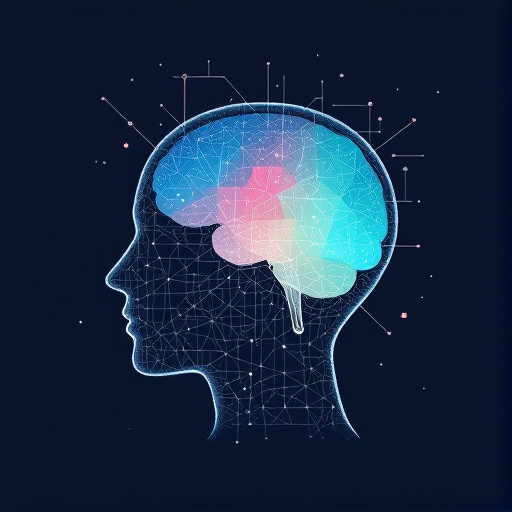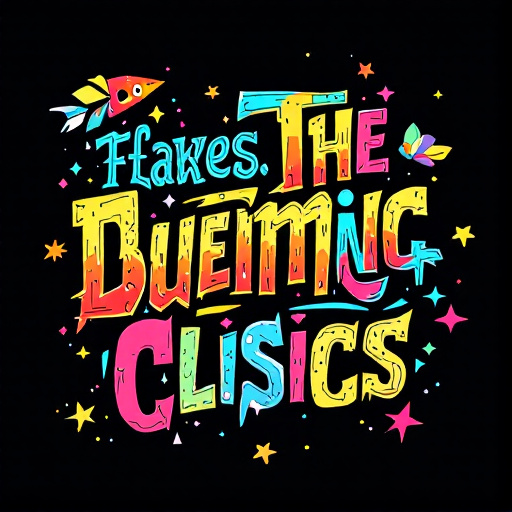Featured Articles
- 9 Essential Psychological Triggers Every Web Designer Must Harness for Maximum User Engagement
- "Beyond Aesthetics: How Neurodesign is Shaping the Future of Web Usability"
- Beyond Aesthetics: The Surprising Role of Color Psychology in Web Design Fundamentals
- Design Disruption: How AI-Driven Aesthetics Are Shaping the Future of Web Design Basics
- Designing for the Unseen: How Invisible Elements Transform User Experience in Web Design Basics
9 Essential Psychological Triggers Every Web Designer Must Harness for Maximum User Engagement
9 Essential Psychological Triggers Every Web Designer Must Harness for Maximum User Engagement
9 Essential Psychological Triggers Every Web Designer Must Harness for Maximum User Engagement
1. Reciprocity
Reciprocity is a powerful psychological principle that taps into the human tendency to want to return favors or kindness. When a website offers something valuable for free, such as helpful content, tools, or resources, users feel more inclined to engage, trust the brand, or make a purchase.
Implementing reciprocity on a website could be as simple as providing free eBooks, trials, or useful guides. It sets up a positive relationship where users feel they’ve received value, encouraging continued interaction and loyalty.
Experts highlight reciprocity as a core idea in influence and persuasion, notably discussed by Robert Cialdini in his seminal book Influence: The Psychology of Persuasion. Utilizing this trigger strategically can increase conversions and user satisfaction.
2. Scarcity
Scarcity triggers urgency by making users aware that an offer or product is limited either by quantity or time. This psychological pressure can motivate people to take action quickly before the opportunity disappears.
Web designers often use scarcity through countdown timers, limited stock notifications, or exclusive offers. These elements boost engagement, prompting visitors to make decisions faster and reducing procrastination.
Scarcity plays on the fear of missing out (FOMO), which behavioral studies show significantly influences consumer behavior. Appropriately framing scarcity enhances user excitement without appearing manipulative.
3. Social Proof
Social proof leverages people's tendency to conform to the actions of others, especially in unfamiliar situations. Showing testimonials, reviews, user counts, or trust badges can reassure potential users about the credibility of a website or product.
Including authentic customer feedback or displaying the number of active users fosters trust and reduces hesitation. It helps mitigate uncertainty, which often causes users to abandon sites or carts.
Research underscores social proof’s effectiveness in improving engagement and conversion rates. Platforms like Amazon and TripAdvisor successfully leverage this trigger to guide user decisions.
4. Authority
The authority principle dictates that people are more likely to comply or engage when an expert or credible source endorses the message or product. In web design, this translates to showcasing credentials, certifications, awards, or expert endorsements.
Clear presentation of authority signals builds trust and reduces doubt, leading to higher user confidence in the site's offerings. Designers can incorporate professional images, recognizable logos, or detailed bios to emphasize expertise.
Psychological research finds that perceived authority greatly impacts compliance behavior. Utilizing authority cues correctly can differentiate a website as reliable and reputable.
5. Commitment and Consistency
Humans have a natural desire to appear consistent in their actions and commitments. Once users take a small step, such as signing up for a newsletter, they are more likely to continue engaging to maintain consistency with their previous behavior.
Web designers can encourage this by breaking actions into small, manageable steps and reinforcing previous commitments. For example, after sign-up, invite users to fill out their profile, or participate in surveys.
Supporting this psychological trigger can foster long-term engagement and loyalty. Studies indicate consistent behavior grows stronger as users strive to align future actions with prior choices.
6. Liking
Users are more engaged with websites that they find visually appealing or relatable. The principle of liking suggests that people are influenced by those whom they like or find attractive, including brands and interfaces.
Effective design elements such as friendly images, approachable tone of voice, and easy navigation enhance likability. Personalizing user experiences can also increase affinity, making users feel valued and understood.
Studies in social psychology confirm that liking and attractiveness increase persuasion. Therefore, web designers should craft experiences that evoke positive emotions and rapport.
7. Emotional Triggers
Emotion drives much of human decision-making. Websites that evoke feelings such as happiness, excitement, or trust can create a deeper connection and motivate users toward desired actions.
Visual storytelling, color psychology, and compelling copywriting are essential tools to elicit emotions. For instance, warm colors may incite enthusiasm, while blue tones often communicate calm and trust.
Emotional engagement has been shown to improve memory retention and brand loyalty, ensuring users return and interact more frequently.
8. Cognitive Fluency
Cognitive fluency refers to how easy it is for users to process and understand information on a website. The simpler and clearer the site design, the more likely users are to stay engaged rather than becoming frustrated or confused.
Achieving cognitive fluency involves straightforward navigation, readable fonts, logical layouts, and minimizing unnecessary clutter. These design choices improve user satisfaction and reduce bounce rates.
According to psychological research, people prefer and trust information that is easier to comprehend. Thus, clarity in design is fundamental for effective engagement.
9. Loss Aversion
Loss aversion refers to people's tendency to prefer avoiding losses rather than acquiring equivalent gains. Web designers can incorporate this by highlighting what users might lose by not acting promptly, such as missing a discount or limited offer.
Techniques include reminders about expiring trials or warnings about low product availability. Framing messages to emphasize avoiding loss can spur users to engage more decisively.
Behavioral economics supports loss aversion as a key motivator in decision-making, making it a valuable psychological trigger to enhance user interaction on websites.




